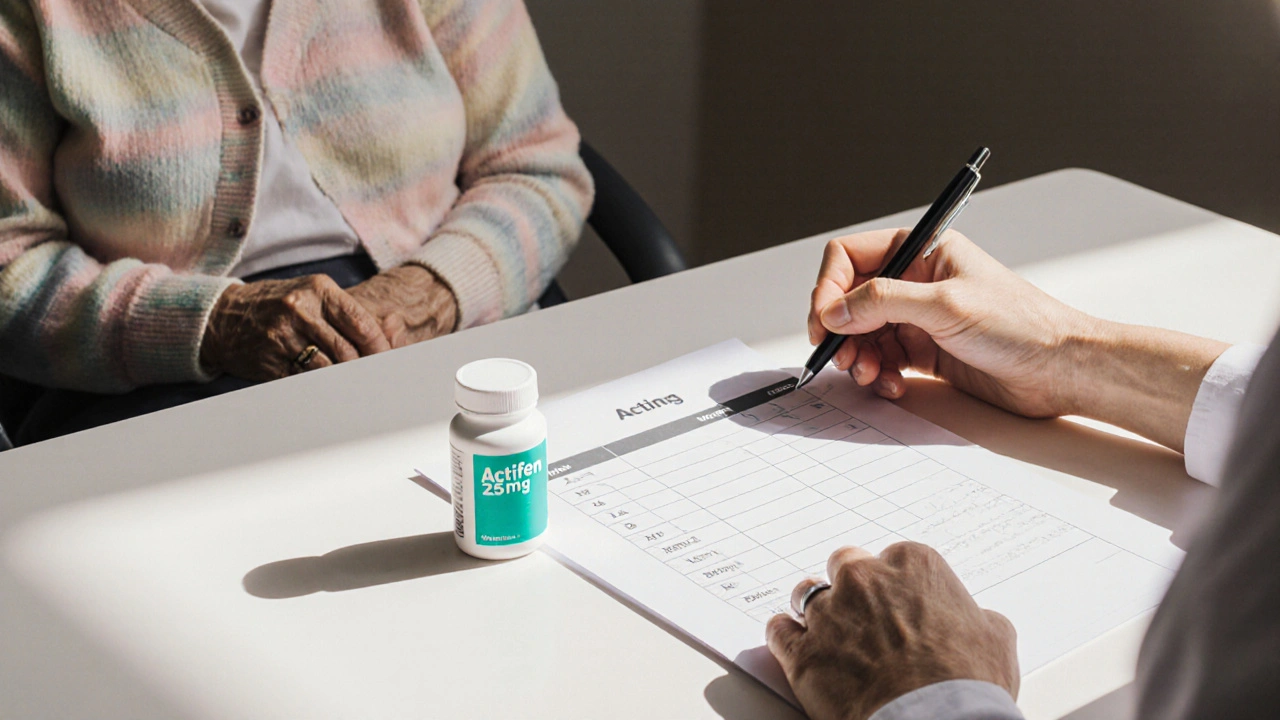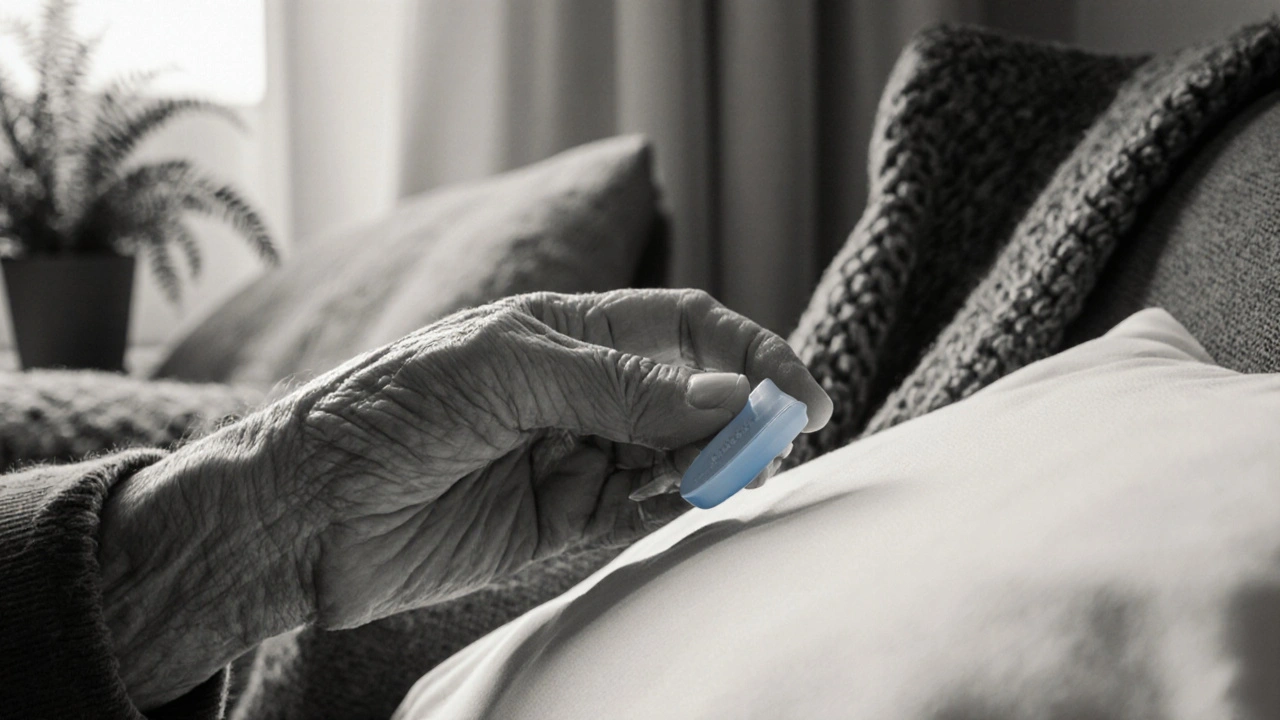Elderly Pain Management: Practical Guidance for Seniors
When dealing with Elderly Pain Management, the process of relieving aches and improving function for older adults. Also known as senior pain control, it addresses the unique health challenges that come with aging. Older adults often face multiple health issues that overlap with pain, such as limited mobility, medication side‑effects, and age‑related organ changes. Understanding these overlaps helps you pick the right strategy instead of guessing. Below we break down the most common pieces that shape a safe, effective plan.
Key Considerations for Managing Pain in Older Adults
Chronic Pain, persistent discomfort lasting longer than three months that can stem from arthritis, neuropathy, or previous injuries is the core challenge in elderly pain management. It isn’t just a symptom; it shapes daily activity, sleep quality, and emotional health. Studies show that untreated chronic pain can double the risk of falls in seniors. The first step is a thorough assessment: map pain locations, triggers, and intensity. This data guides the next moves—whether you choose physical therapy, low‑dose analgesics, or non‑drug alternatives like heat therapy.
Sleep problems rarely stay separate from pain. Insomnia, difficulty falling or staying asleep that affects restorative rest creates a vicious loop: lack of sleep heightens pain perception, and pain keeps you awake. Breaking the loop means tackling both sides at once. Good sleep hygiene—consistent bedtime, limiting caffeine, and a cool room—combined with gentle stretching can lower pain scores by up to 30 %. If insomnia persists, a short course of a non‑addictive sleep aid may be considered, but always under a physician’s watch.
Emotional wellbeing is another pillar. Depression, a mood disorder marked by persistent sadness, loss of interest, and low energy often runs side‑by‑side with chronic pain in older adults. Depression can amplify pain signals and reduce motivation for physical activity, creating a cascade of decline. Screening tools like the PHQ‑9 are quick and reliable for seniors. When depression is identified, a combination of counseling, light‑exercise programs, and, when appropriate, antidepressants can improve both mood and pain outcomes.
Medication safety rounds out the picture. Many seniors rely on prescriptions that interact with pain relievers, especially opioids. Medication Tapering, a gradual reduction in drug dosage to minimize withdrawal and side‑effects is essential when stopping or switching analgesics. A step‑by‑step taper plan—often a 10 % cut every week—helps keep pain under control while letting the body adjust. Close monitoring of blood pressure, kidney function, and mental status ensures that tapering doesn’t trigger a rebound in pain or mood swings.
Putting these pieces together creates a holistic approach: assess chronic pain, improve sleep, treat depression, and manage medications carefully. This framework mirrors the evidence‑based articles in our collection, which dive deeper into each topic—from practical insomnia‑pain links to safe Alzen tapering schedules. By the time you reach the post list, you’ll have a clear roadmap for tackling pain in older adults without unnecessary guesswork.
Actifen for Elderly Patients: Safe Pain Management Guide
- Laura Ledas
- Jul, 14 2025
A practical guide on using Actifen safely for pain relief in older adults, covering dosing, side effects, interactions, and monitoring tips.
Learn MoreActifen for Seniors: A Safe Pain Relief Guide
- Laura Ledas
- Jul, 14 2025
Learn how Actifen works, its safety for seniors, proper dosing, side effects, and compare it with other pain relievers to manage elderly pain safely.
Learn More
